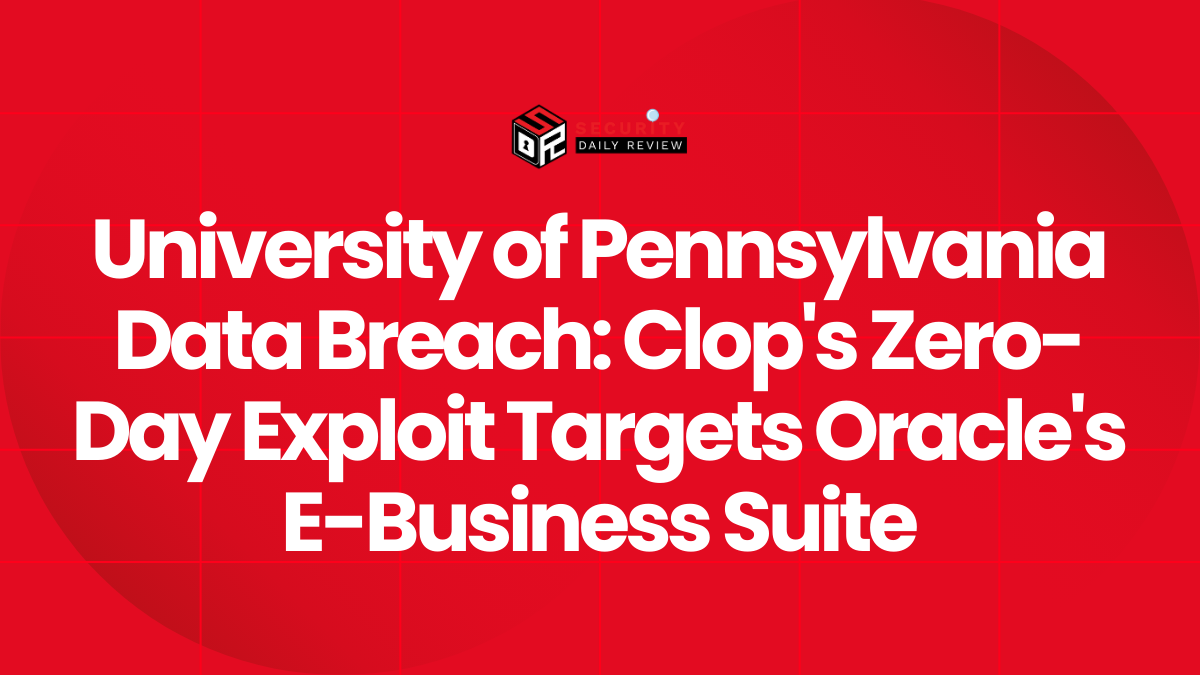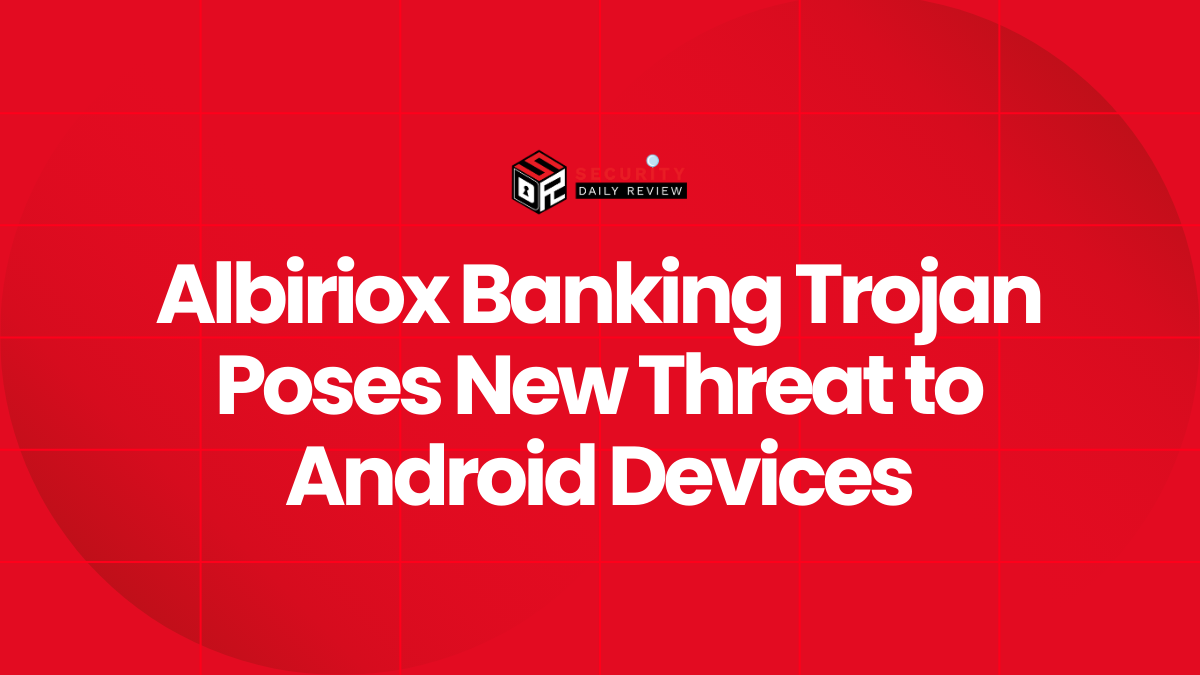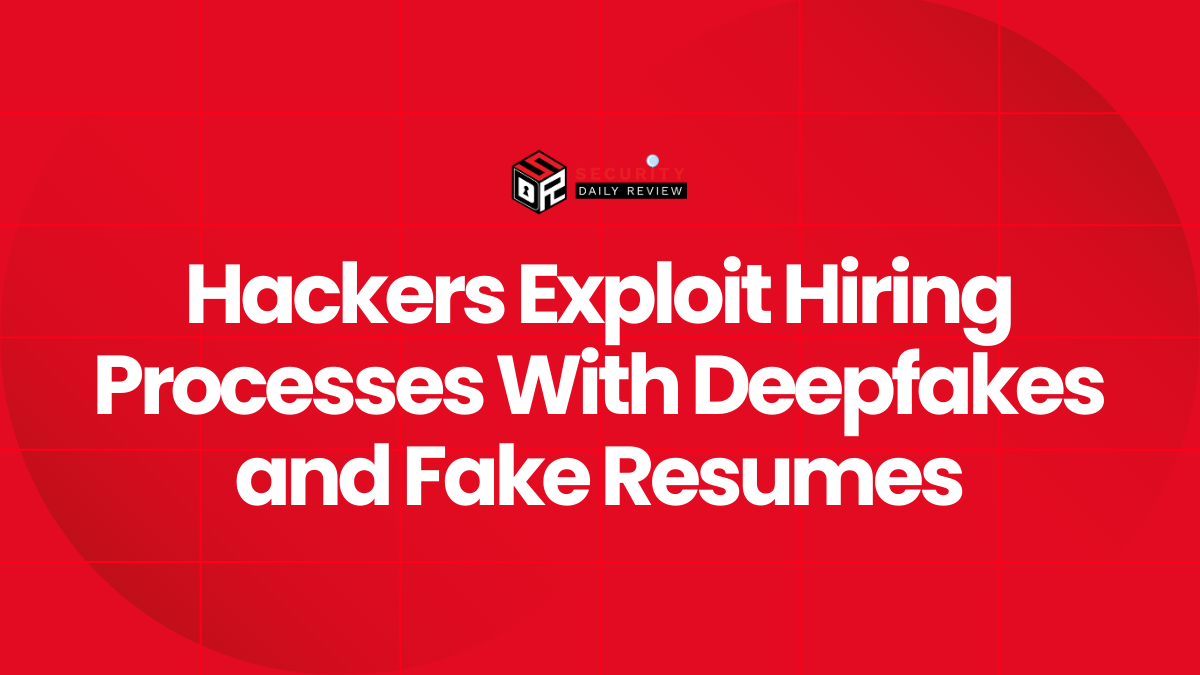Jaguar Land Rover, the British luxury automotive manufacturer, has revealed the extensive financial damage caused by a cyberattack earlier this year. In its financial results for the quarter ending September 30, the company attributed a substantial portion of a £196 million ($220 million) loss directly to the repercussions of the security incident. This financial blow underscores the far-reaching impact of cyberattacks and ransomware campaigns on enterprise operations.
Costly Cyber Incident Weighs on Strong Financial Performance
Despite otherwise positive indicators, Jaguar Land Rover’s quarterly earnings report showed the magnitude of the damage caused by the cyberattack. Operational disruptions, higher costs, and lost productivity negatively influenced the manufacturer’s profit margins, marking a stark warning to others in the industry.
Cyberattack Substantially Contributed to Operating Losses
JLR’s filing showed that it posted a pre-tax profit of £442 million in the previous quarter but swung to a £15 million loss before tax in the reporting period impacted by the cyberattack. The company clarified that approximately £196 million was directly attributable to the incident.
“The business incurred £196 million of exceptional items in the quarter, primarily relating to the cyber incident,” JLR said in its report.
This figure includes a broad range of security and recovery costs, such as investigation and containment, restoration of IT services, process inefficiencies, and losses due to manufacturing delays. The company did not disclose whether it paid a ransom.
Attack Likely Affected Parent Supplier Systems
The disruption is widely believed to have stemmed from a ransomware attack targeting Indian IT services giant Tata Consultancy Services (TCS), a key supplier to JLR and other Tata Group companies. Though JLR has not officially confirmed the attack vector, the timing aligns closely with earlier reports of LockBit ransomware affecting Tata Group entities.
While JLR has maintained general operational continuity, specific back-office systems and communications channels were impacted. During the recovery phase, productivity was dented by the need to rely on manual operations and the delayed reactivation of normal IT services.
Reinforcing the Automotive Industry’s Cyber Resilience
The financial hit sustained by Jaguar Land Rover is a potent reminder of the cyber risk exposure carried by manufacturers, particularly in high-value, just-in-time production environments such as automotive.
Automotive Sector See Cyber Threats Escalating
Car manufacturers have increasingly become the focus of advanced persistent threats and organized ransomware crews. These attackers often exploit third-party supply chain vulnerabilities or rely on compromised credentials to infiltrate networks. The JLR incident is just the latest in a wave of high-profile intrusions in the sector.
Other major manufacturers, including Toyota, Honda, and Tesla, have previously acknowledged breaches or disruptions caused by similar ransomware strains. The cyberattack on JLR illustrates that even companies with mature IT operations are at risk of devastating outcomes when targeted.
Recovery and Security Strategy Going Forward
JLR did not provide detailed disclosures regarding how the cyberattack was remediated or the specific threat actor involved, but it emphasized that recovery operations are complete and systems are back online. Cybersecurity professionals speculate that JLR is likely to increase both its internal security posture and third-party risk management programs.
For enterprises looking to draw lessons from this case, the key priorities should include:
- Improved incident response preparedness and rapid containment protocols
- Enhanced visibility of third-party IT infrastructure with rigorous auditing
- Continuous threat detection using endpoint detection and response (EDR) and extended detection and response (XDR) systems
- Ongoing user awareness training focusing on phishing and remote access risks
Mounting Economic Impact of Cybersecurity Incidents in Manufacturing
While JLR did not record a direct data breach impacting consumers, the operational impasse and financial toll showcase the economic implications of a well-executed cyberattack. The cost encompasses far more than technical remediation—it also affects production planning, vendor relations, customer satisfaction, and even investor confidence.
This incident adds to a growing body of evidence that ransomware is a business risk, not merely an IT issue. Boards and executive leadership, particularly in manufacturing, are increasingly expected to prioritize cybersecurity resilience alongside other critical operational risks.
As cyber adversaries continue to target high-value sectors, the JLR case may serve as a wake-up call for automakers and other industrial firms to invest more deeply in cyber defense capabilities.









